The Tamarin is a small species in the Callitrichidae family. The Callitrichidae family also contains their close relatives, the marmosets, and the lion Tamarins. Researchers recognize 18 different species of Tamarins, all in the taxonomic genus Saguinus. Read on to learn about the Tamarin.
Description of the Tamarin
Each of the different species is slightly different from the next. Some species have grey or black fur, while others have golden, orange, white, red, or brown accents or colors. One even has long, mustache-like fur on its mouth!
Throughout the variety of species, most only measure about 8 or 9 in. in length. Their tails usually measure about 12 – 14 in. long. These creatures typically weigh between 8 oz. and 30 oz. or so.
Interesting Facts About the Tamarin
These monkeys certainly come in a variety of shapes and sizes. Learn some of the interesting traits and behaviors that make some individual species so unique below.
- Emperor Tamarin – This monkey’s mustache puts even the most accomplished hipster to shame. Researchers named this little primate after emperor Friedrich Wilhelm of Germany, based on its incredible likeness of the monarch’s mustache.
- Cotton Top Tamarin – This species truly lives up to its name! The cotton top has some seriously luscious locks! The skin on its face is dark grey, which provides the perfect contrast for the long, bright-white fur on its head. Sadly, human activity has pushed this species to the brink of extinction.
- Silvery-Brown Tamarin – Another species on the edge is the silvery-brown. This species lives only in Colombia, and faces several dire threats. Humans are destroying their habitat for agriculture and logging, and capturing them for the exotic pet trade. The IUCN lists the silvery-brown species as Endangered.
- Geoffroy’s Tamarin – If you’re into punk-rock, this species is hand-picked for you! It has an impressive white mohawk running across its dark grey head. To top that off, it also has bright red fur around the base of its neck as well!
Habitat of the Tamarin
As a whole, these creatures occupy forested regions with lots of trees to hide and forage in. They rarely stray from the treetops, and only come down to the forest floor to search for food occasionally. Additionally, they prefer sleeping in hollowed-out tree cavities.
Some of the different types of habitats that these monkeys occupy include rainforest, scrub forest, woodland, secondary growth forest, and more.
Distribution of the Tamarin
While most species live in South America, these creatures do live as far north as Central America. The range of each species varies. Some occupy incredibly wide distributions, while others live only in a small region.
Diet of the Tamarin
Though each species is different, most Tamarins are omnivores. This means they eat both plants and animals. Their diet typically contains a variety of fruits, berries, insects, small animals, and more. Some species specialize on certain types of foods.
Some of the different types of plants that they eat include flowers, leaves, fruits, sap, and more. They also hunt for spiders, beetles, ants, locusts, lizards, eggs, frogs, and more.
Tamarin and Human Interaction
Human activity impacts these monkeys in a variety of ways. People destroy their forest habitat for agriculture, logging, mining, and spreading populations. They also capture the primates for use in the illegal exotic pet trade.
Some species have wide distributions with high numbers, and this activity doesn’t impact them as heavily. Other species suffer severe losses from this activity.
Domestication
Humans have not domesticated these monkeys in any way.
Does the Tamarin Make a Good Pet
No, Tamarins do not make good pets. Though some people do keep these creatures, it is incredibly difficult to meet their social and dietary needs. They must have large enclosures to explore, lots of opportunities for play, and other Tamarins to interact with. In most places, it is illegal to own one as a pet.
Tamarin Care
Zoos house these primates in large enclosures where they have plenty of space to exercise, play, and socialize. They keep these creatures in groups to meet their social needs. Zookeepers also provide them with a variety of toys, puzzle feeders, and other foraging opportunities.
Veterinarians regulate their diet based on the species and the individual. They feed them primate biscuits, pelleted insectivore feed, fresh fruits and vegetables, crickets, mealworms, and more.
Behavior of the Tamarin
These creatures live in large groups, known as troops. Troops spend their days searching for food in the treetops, and occasionally climbing to the ground to collect fruit or insects. The entire group calls to one another while foraging.
Groups contain two males and several unrelated females. Their various offspring remain with the family for several years.
Reproduction of the Tamarin
After mating, females have a gestation period of about four or five months, depending on the species. Most species give birth to twins.
All family members help care for, and even carry, the newborns for several weeks. It takes two or three months for the young to wean off their mother’s milk. They begin breeding themselves when they are about a year or two old.



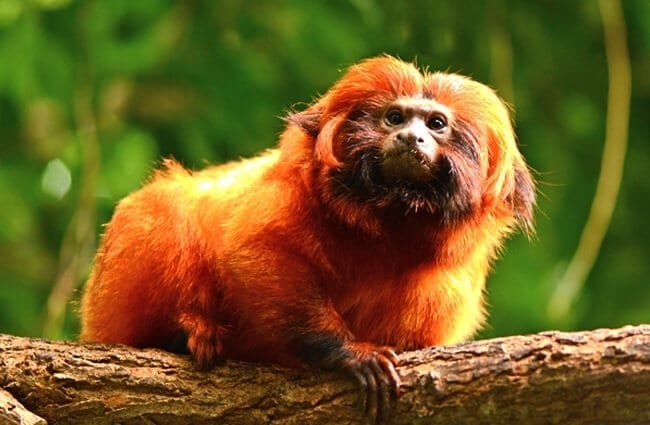
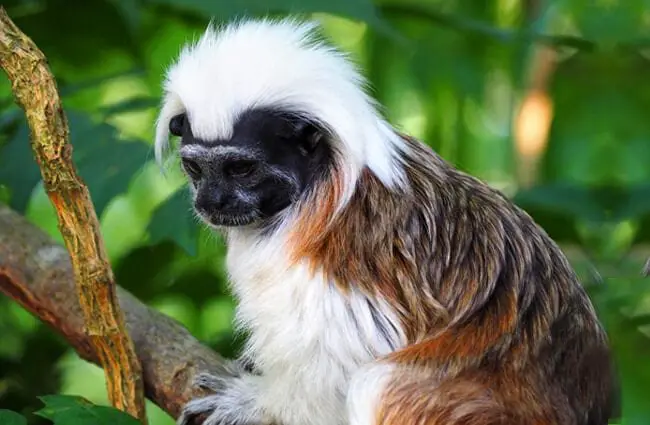
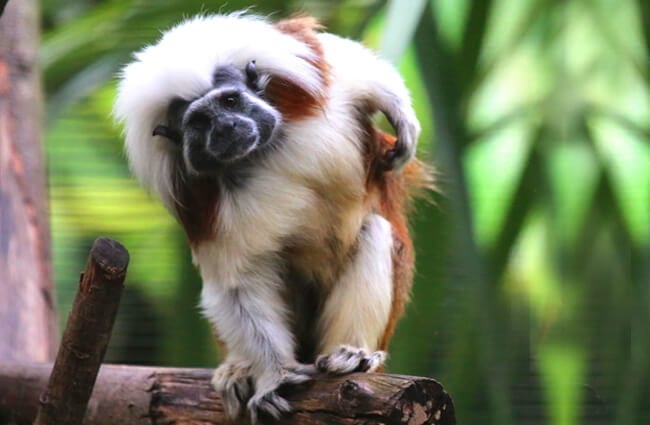



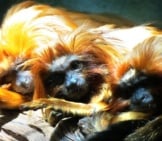
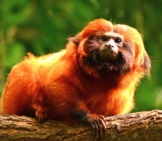
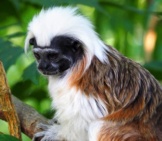


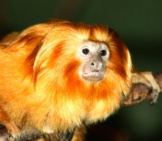
![Red Angus Closeup of a beautiful Red Angus cowPhoto by: U.S. Department of Agriculture [pubic domain]https://creativecommons.org/licenses/by/2.0/](https://animals.net/wp-content/uploads/2020/03/Red-Angus-4-238x178.jpg)












![Red Angus Closeup of a beautiful Red Angus cowPhoto by: U.S. Department of Agriculture [pubic domain]https://creativecommons.org/licenses/by/2.0/](https://animals.net/wp-content/uploads/2020/03/Red-Angus-4-100x75.jpg)

